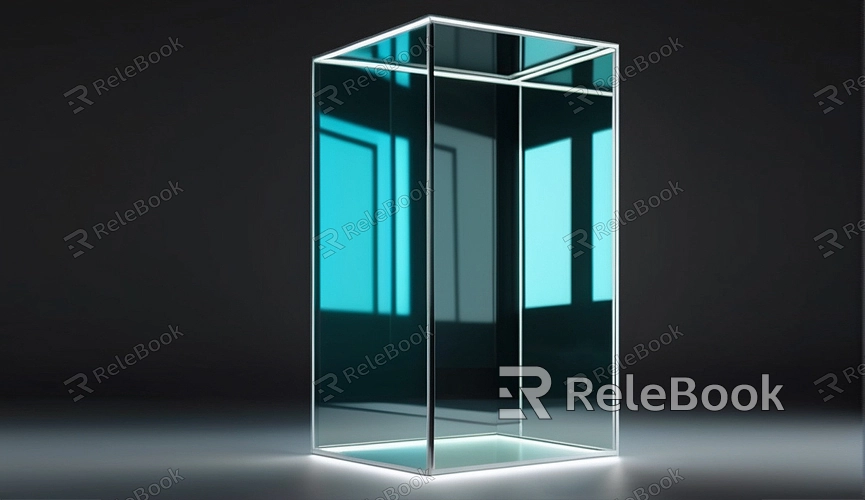How to Render a Transparent Image in Blender
Rendering transparent images in Blender is a crucial step for creating images with transparent backgrounds or for compositing into other scenes. Whether you’re designing a game interface, creating an advertisement, or working on visual effects, knowing how to render transparent images is essential. This guide will walk you through the process in Blender, making your rendering work more efficient and professional.
Preparation
1. Understand the Rendering Engines
Blender supports multiple rendering engines, including Cycles and Eevee. Cycles is a physically-based rendering engine suitable for high-quality renders, while Eevee is a real-time rendering engine ideal for quick previews and real-time effects. Both engines can be used to render images with transparent backgrounds, but the steps vary slightly.
2. Set Up the Scene
Before starting the render, ensure your scene is properly set up. This includes adding lights, setting the camera angle, and adjusting object materials and textures. Make sure the transparency effect you need is clearly visible in the scene..

Using Cycles to Render a Transparent Image
1. Set Up a Transparent Background
First, open Blender and switch to the Cycles rendering engine. Then, go to the “Render Properties” panel and find the “Film” section. Enable the “Transparent” option here. This will make the background of your render transparent.
2. Configure Render Output
Next, set the render output format. In the “Output Properties” panel, select PNG as the file format. PNG supports an alpha channel (transparency), making it suitable for images with transparent backgrounds. In the “Encoding” options, make sure to select the “RGBA” mode, where “R” stands for red, “G” for green, “B” for blue, and “A” for alpha (transparency).
3. Render the Image
After completing the above settings, click the “Render” button to start rendering. Once the render is complete, you will have a PNG image with a transparent background, ready for further image processing or compositing.
Using Eevee to Render a Transparent Image
1. Enable Transparent Background
The process for setting up a transparent background in Eevee is similar to Cycles. Open Blender and switch to the Eevee rendering engine. In the “Render Properties” panel, find the “Film” section and check the “Transparent” option to ensure the background renders as transparent.
2. Configure Render Output
Similarly, in the “Output Properties” panel, select PNG as the file format and ensure the “Encoding” option is set to “RGBA” to include the transparency channel in your image.
3. Render the Image
Click the “Render” button to start the rendering process. Once finished, you will have a PNG image with a transparent background. Eevee’s faster rendering speed is especially useful for real-time previews.
Post-Processing
1. Use Image Editing Software
After rendering, you can use image editing software like Photoshop or GIMP to further process the transparent image. These tools allow you to adjust brightness, contrast, and add other effects.
2. Composite into Other Scenes
Transparent background images are ideal for compositing into other scenes. You can import the rendered image into video editing or compositing software to combine it with other assets and create more complex effects.
Rendering transparent images in Blender is straightforward. By adjusting the rendering settings and output format, you can easily achieve images with transparent backgrounds. Whether using Cycles or Eevee, you can achieve the desired results. If you need high-quality 3D textures, HDRIs, or model downloads for your projects, you can download them from Relebook and directly import the textures and 3D models into your projects.

